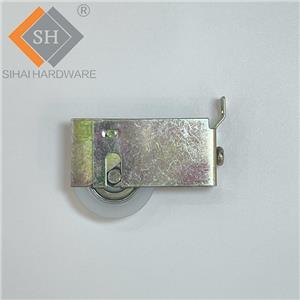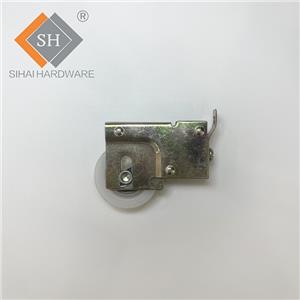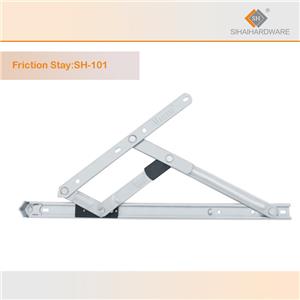ARTICLE NO.51|Some additional details about the different types of aluminum window hinges commonly used in architectural applications
Some additional details about the different types of aluminum window hinges commonly used in architectural applications
1. Friction Hinges:
Friction hinges, also known as stay hinges or friction stays, are widely used in aluminum windows. They consist of two plates connected by a friction mechanism that allows the window to be opened and held in position at various angles. The friction can be adjusted to control the opening force and the resistance to window movement. Friction hinges provide smooth operation, excellent stability, and the ability to hold the window in any desired position.
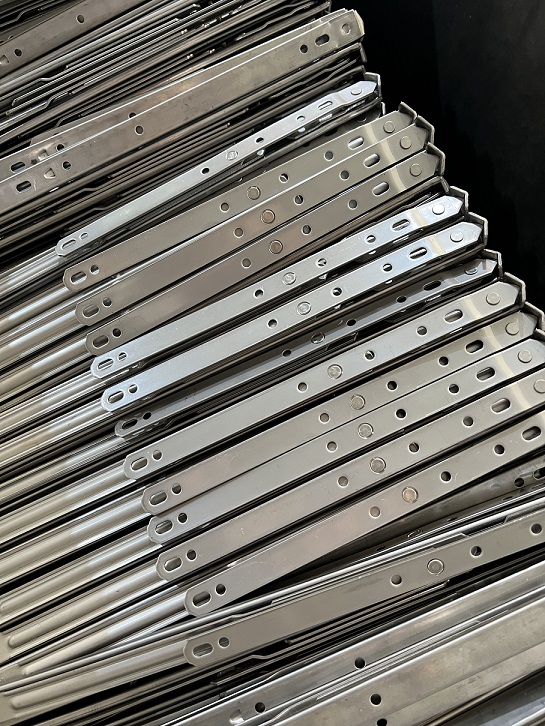
2. Pivot Hinges:
Pivot hinges are designed to allow the window to pivot horizontally or vertically around a central axis. They are commonly used in windows that require a large opening angle or windows that need to be opened inward or outward for cleaning or maintenance purposes. Pivot hinges provide a high level of flexibility and are often used in modern architectural designs.
3. Concealed Hinges:
Concealed hinges, as the name suggests, are hidden from view when the window is closed, providing a clean and streamlined appearance. These hinges are recessed into the window frame or sash, offering a seamless and aesthetically pleasing look. Concealed hinges are popular in contemporary architectural designs and are often used in windows that require a sleek and minimalist appearance.
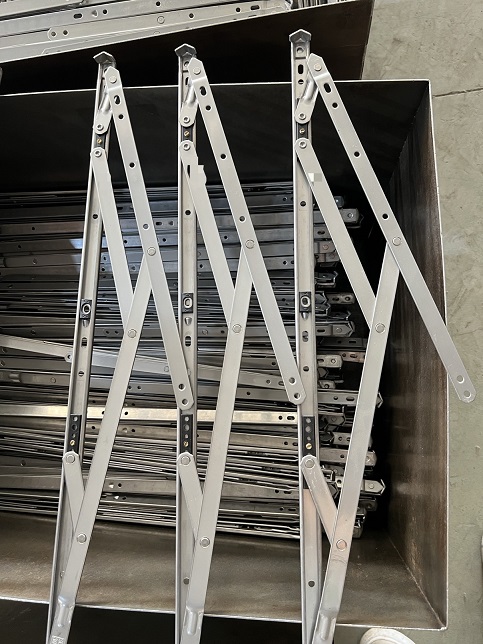
4. Butt Hinges:
Butt hinges are a traditional type of hinge used in aluminum windows. They consist of two metal plates joined by a pin, allowing the window to swing open and closed. Butt hinges provide a simple and reliable solution for window operation. While they may not offer the same level of adjustability as friction hinges or the hidden appearance of concealed hinges, they are still commonly used in various applications.
5. Continuous Hinges:
Continuous hinges, also known as piano hinges, are long, continuous strips of metal that run the entire length of the window sash or frame. They provide consistent support and distribution of weight along the entire length of the window, resulting in improved stability and durability. Continuous hinges are often used in heavy-duty or oversized windows that require enhanced structural integrity.
It's important to note that the availability and suitability of specific hinge types may vary based on manufacturers, window designs, and project requirements. Architects, designers, and window manufacturers often consider factors such as window size, weight, style, and functionality when selecting the appropriate type of hinge for a particular application.


